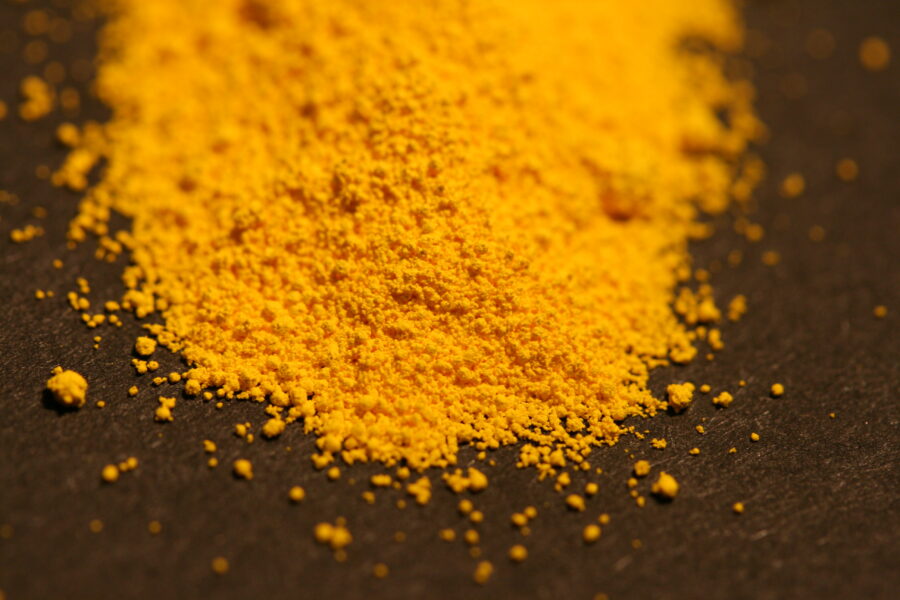Cadmium-Free QDs & the Toxicity of Beautiful Colours
Throughout history, mankind has mistakenly utilized a wide range of toxic chemicals for seemingly benign purposes. Dyes and pigments leveraged purely for their striking colors have been linked to a host of negative side effects, including the deaths of countless individuals who likely had no idea that these attractive materials were gradually poisoning them. This sad connection between beautiful colors and toxicity stems back to ancient times and remains an important consideration today.
Cadmium-Free QDs: Overcoming Toxicity
Quantum dots (QDs) are the latest in an long line of materials with exceptional chromatic properties underpinned by health and safety concerns. Moves to ban the use of toxic heavy metals like cadmium (Cd) from display manufacturing have been decried as ill-conceived and detrimental to innovation. Yet safe and efficient cadmium-free QDs do exist. Novel formulations based on perovskites of cesium lead halide (CsPbX3) not only meet and exceed Restriction of Hazardous Substances (RoHS) standards, but they do so with superior chromatic performance.
The gradual implementation of cadmium-free QDs exemplifies how artists and engineers throughout history have attempted, through trial and error, to safely reproduce the colors visible around them in art and technology. Interestingly, cadmium was once a successor material to even more toxic alternatives.
A Brief History of Toxic Cadmium Colours
Orpiment is a lethal mineral composed of arsenic sulfide (As2S3). It has a characteristic, rich yellow coloring, and subsequently found extensive use as a pigment in Ancient Egypt, long before its neurotoxic and carcinogenic effects were understood. It was not the only vibrant color derived from this extremely lethal compound, either. Realgar, also known as ruby of arsenic, was likewise exploited for its yellow-orange hue.

Both orpiment and realgar found extensive use as dyes and pigments until the 19th Century when metallic cadmium could readily be produced. Cadmium yellow was developed from approximately 1820 onwards, and the much-prized cadmium red followed almost 100 years later. This shade was made famous by renowned impressionist Claude Monet’s autumn leaves, yet it has come under fire in recent years and faces a widespread ban due to its potential toxicity. Many artists defend the pigment for its historical significance, while manufacturers claim that cadmium concentration is always kept within permissible limits.
Cadmium-Free QDs from Avantama
Regardless of whether or not cadmium retains a place of high cultural significance in the art world, it remains a highly toxic component of certain quantum dot display materials. Less hazardous options that do not compromise efficiency are available.
At Avantama, we champion the use of long-lasting cadmium-free QDs that are RoHS-compliant and future-proof from a regulatory perspective. If you would like to learn more, simply contact a member of the team today.